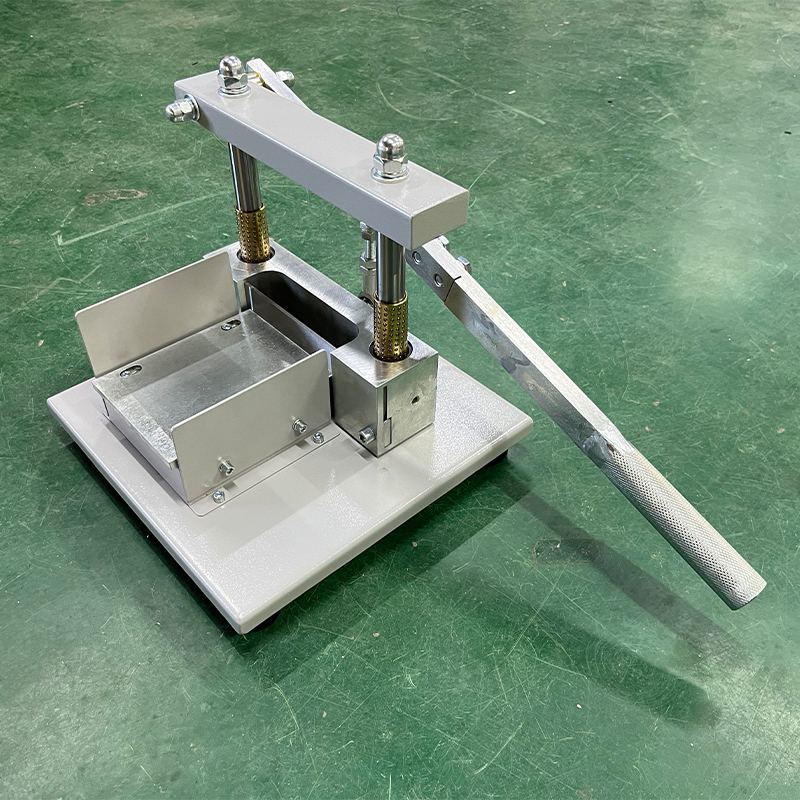Advanced Digital Tester for Evaluating Fire Resistance in Materials and Structures
Understanding Fire Resistance Digital Testers
In today's world, where the importance of safety and compliance cannot be overstated, the role of advanced testing equipment such as fire resistance digital testers is paramount. These devices facilitate the assessment of materials, structures, and systems to ensure they meet the necessary fire resistance criteria defined by standards and regulations. In this article, we will delve into the purpose, functionality, and significance of fire resistance digital testers in various industries.
What is a Fire Resistance Digital Tester?
A fire resistance digital tester is a specialized instrument used to evaluate the fire performance of building materials and assemblies. These testers are designed to measure a material's ability to withstand fire exposure, thereby determining its fire-resistance rating. Typically, these ratings are essential for construction materials used in commercial and residential buildings, ensuring they comply with safety codes and regulations.
How Does it Work?
Fire resistance digital testers operate based on established testing methods that simulate real-world fire conditions. The testing process usually involves exposing the material to a controlled source of heat and flame while monitoring its behavior. Key parameters measured may include temperature rise, reaction to fire, and the time it takes for the material to fail or degrade under heat exposure.
Modern fire resistance testers are equipped with digital technology, allowing for precise measurements and real-time data recording. This digital functionality enhances the accuracy of results and simplifies the documentation process, making it easier for engineers and safety inspectors to analyze the performance of materials.
Applications in Various Industries
fire resistance digital tester

The use of fire resistance digital testers extends across various sectors, including construction, automotive, aerospace, and manufacturing. In the construction industry, for example, these testers are vital for ascertaining the fire safety of materials like drywall, insulation, and flooring. Ensuring these materials meet required standards can significantly mitigate risks associated with fire hazards.
In the automotive and aerospace sectors, where fire resilience is critical for passenger safety, fire resistance digital testers are employed to evaluate components and materials. These tests ensure that vehicles and aircraft can withstand extreme temperatures and flames during unforeseen incidents.
Moreover, in manufacturing, industries that produce furnishings, textiles, and electronics must ensure their products comply with fire safety regulations. Digital testers provide manufacturers with the necessary data to certify their products, thereby building consumer trust and meeting legal requirements.
Importance of Compliance with Standards
The significance of fire resistance digital testers also lies in their role in maintaining compliance with national and international fire safety standards. Regulations such as those set by the National Fire Protection Association (NFPA) and Underwriters Laboratories (UL) are crucial for protecting lives and property. Failure to comply with these standards can result in severe consequences, including legal liabilities, loss of business, and, most importantly, risk to human life.
Conclusion
In conclusion, fire resistance digital testers are indispensable tools in evaluating the fire performance of materials and systems across various industries. Their precision, efficiency, and ability to generate reliable data make them essential for ensuring compliance with safety regulations. As technological advancements continue to shape the future of testing equipment, the importance of fire resistance digital testers will only grow, highlighting the ongoing commitment to safety in our built environment. With the increasing emphasis on fire safety, it is imperative for businesses to invest in reliable testing solutions to protect both their assets and the lives of individuals who depend on the structures they create.
-
Why the Conductor Resistance Constant Temperature Measurement Machine Redefines Precision
NewsJun.20,2025
-
Reliable Testing Starts Here: Why the High Insulation Resistance Measuring Instrument Is a Must-Have
NewsJun.20,2025
-
Flexible Cable Flexing Test Equipment: The Precision Standard for Cable Durability and Performance Testing
NewsJun.20,2025
-
Digital Measurement Projector: Precision Visualization for Modern Manufacturing
NewsJun.20,2025
-
Computer Control Electronic Tensile Tester: Precision and Power for the Modern Metal Industry
NewsJun.20,2025
-
Cable Spark Tester: Your Ultimate Insulation Assurance for Wire and Cable Testing
NewsJun.20,2025
 Copyright © 2025 Hebei Fangyuan Instrument & Equipment Co.,Ltd. All Rights Reserved. Sitemap | Privacy Policy
Copyright © 2025 Hebei Fangyuan Instrument & Equipment Co.,Ltd. All Rights Reserved. Sitemap | Privacy Policy
